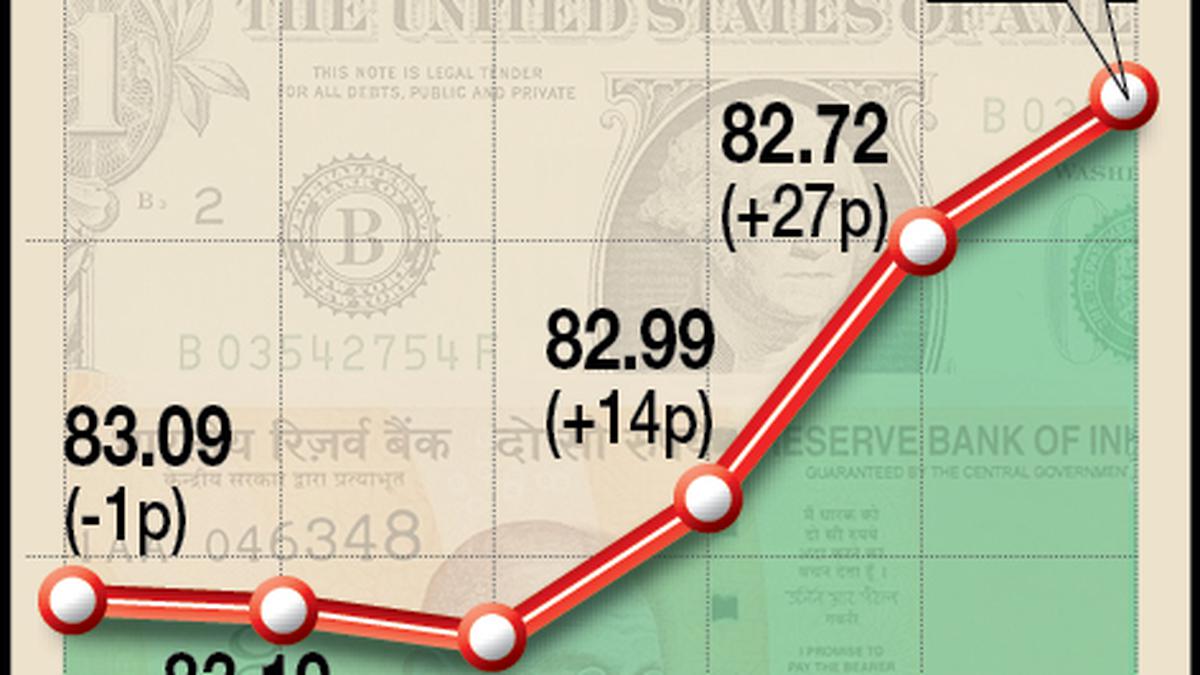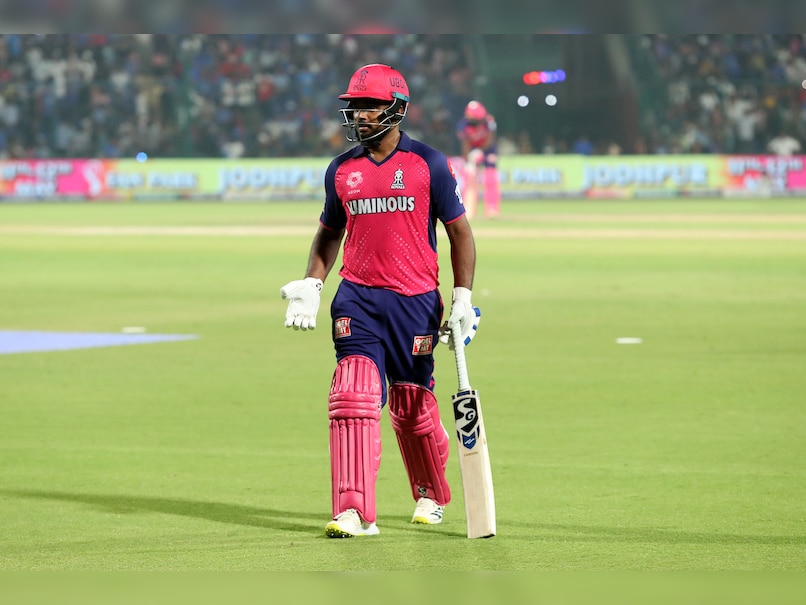Preparations in the final phase for the launch of PSLV-C57/Aditya-L1 Mission.
| Photo Credit: PTI
The countdown for the launch of India’s first solar observatory mission, Aditya-L1 has commenced at the Satish Dhawan Space Centre in Sriharikota.
“The countdown leading to the launch at 11:50 Hrs. IST on September 2, 2023 has commended,” ISRO posted on X (formerly Twitter).
The Aditya-L1 spacecraft is scheduled to be launched by the Polar Satellite Launch Vehicle (PSLV) on September 2, 2023, at 11:50 a.m. from Sriharikota.
This is the 59th flight of the PSLV and the 25th mission using the PSLV-XL configuration.
The PSLV will launch Aditya-L1 spacecraft in a highly eccentric Earth bound orbit.
According to ISRO the spacecraft shall be placed in a halo orbit around the Lagrange point 1 (L1) of the Sun-Earth system, which is about 1.5 million km from the Earth.
“A satellite placed in the halo orbit around the L1 point has the major advantage of continuously viewing the Sun without any occultation/eclipses. This will provide a greater advantage of observing the solar activities and its effect on space weather in real time. The spacecraft carries seven payloads to observe the photosphere, chromosphere and the outermost layers of the Sun (the corona) using electromagnetic and particle and magnetic field detectors. Using the special vantage point L1, four payloads directly view the Sun and the remaining three payloads carry out in-situ studies of particles and fields at the Lagrange point L1, thus providing important scientific studies of the propagatory effect of solar dynamics in the interplanetary medium,” states the Aditya L1 mission profile.
The suits of Aditya L1 payloads are expected to provide the most crucial information to understand the problem of coronal heating, coronal mass ejection, pre-flare and flare activities and their characteristics, dynamics of space weather, propagation of particles and fields etc.
The seven payloads onboard the satellite is Visible Emission Line Coronagraph(VELC), Solar Ultraviolet Imaging Telescope (SUIT), Solar Low Energy X-ray Spectrometer (SoLEXS), High Energy L1 Orbiting X-ray Spectrometer(HEL1OS), Aditya Solar wind Particle Experiment(ASPEX), Plasma Analyser Package For Aditya (PAPA) and Advanced Tri-axial High Resolution Digital Magnetometers.
The launch of Aditya-L1 comes days after the space agency created history making India only the fourth country to successfully land on the moon and first to land near the lunar south pole.











